by admin | 21 Apr, 2025
Craniosacral therapy (CST) is a gentle, hands-on approach in supporting the body’s healing mechanisms. Unlike massage therapy and chiropractic, craniosacral therapy quietly and steadily blooms into one of the modalities for those who would like to address their holistic wellness and take a break from the stressors in life. So, you’re new to this and want to learn how it works; this beginner’s guide will walk you through the basics.
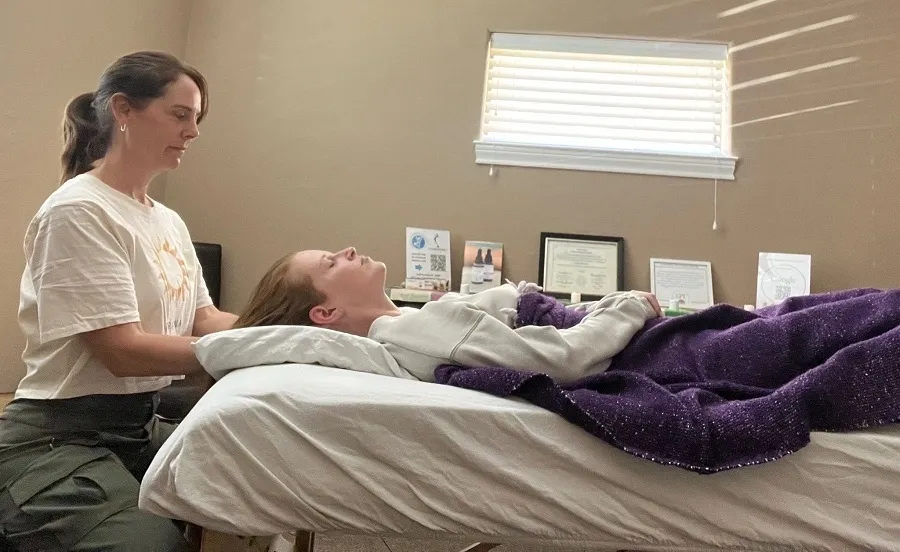
What Craniosacral Therapy Is
The therapy was developed in the 1970s by Dr. John Upledger, continuing the work of physicians trained in osteopathy. The therapy concerns the craniosacral system, which consists of membranes and cerebrospinal fluid surrounding and protecting the brain and spinal cord.
In short, a typical session of CST includes a therapist who has been trained to use light touch-usually up to the weight of a nickel-to find and correct imbalances in the craniosacral rhythm. These underhanded manipulations assist for the deep relaxation of tension in the body, improving the working parts of the central nervous system.
How CST works
The basic premise of CST is that the body has its own rhythm and intelligence. The therapist’s gentle influence on the craniosacral system allows the body to self-correct and maintain a better-balanced state. This session often takes place while the client lies fully clothed on the massage table in a dark, calming environment.
Here’s how it always feels to end up: deep relaxation, warmth, and maybe some emotional buzz during or after the session. When the treatments are above-average in invasiveness, this therapy is considered to have no adverse effects from infant to geriatric age conditions.
Possible Benefits of Craniosacral Therapy
Some people come to craniosacral therapy for various reasons, such as:
- Chronic pain
- Stress or stress-related disorders
- Migraines/headaches
- TMJ dysfunction
- Fibromyalgia
- Post-traumatic stress
- Insomnia or sleep disturbances
Further research is required to better understand CST’s clinical efficacy; however, many individuals report well-being and relief that can accompany weekly treatments.
Could CST be for you?
CST is somewhat low-risk for a person wishing to pursue an alternative gentle method of treatment. It’s not a substitute for medical care, but it can supplement any medical treatment—especially when addressing chronic conditions, stress, or trauma.
If deep tissue work often feels too intense for you, or if you are looking for a therapy that puts focus on the nervous system and emotional balance, then craniosacral therapy may be most suitable for you.
Conclusion
Craniosacral Therapy provides a calming and supportive healing environment that incorporates the natural rhythms of the body. Whether you want to ease physical discomfort or restore emotional balance, CST offers a different channel for healing.
Want to find out for yourself? Contact us now for more information or to book your first session toward a happier, healthier you.

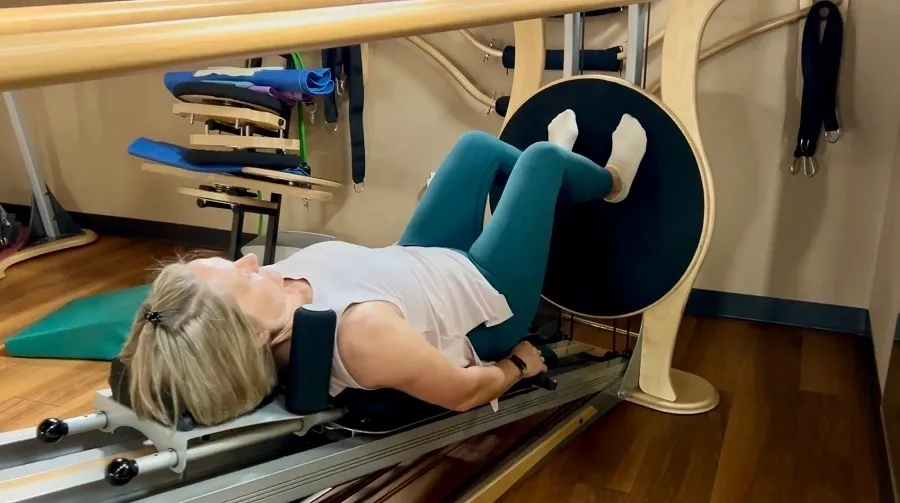
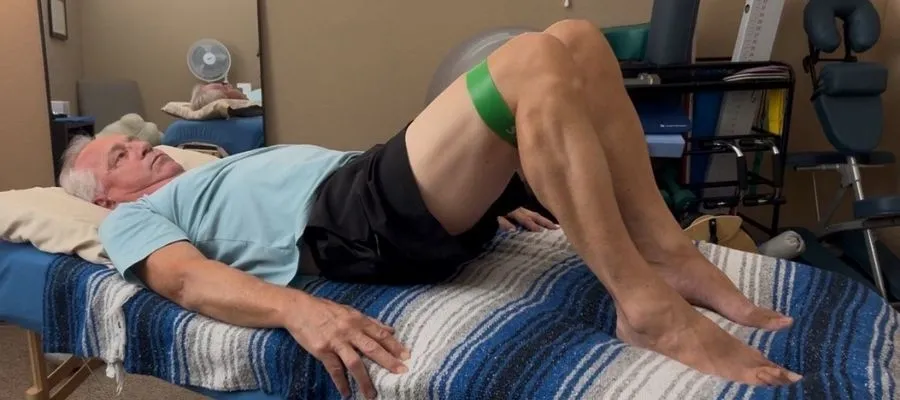
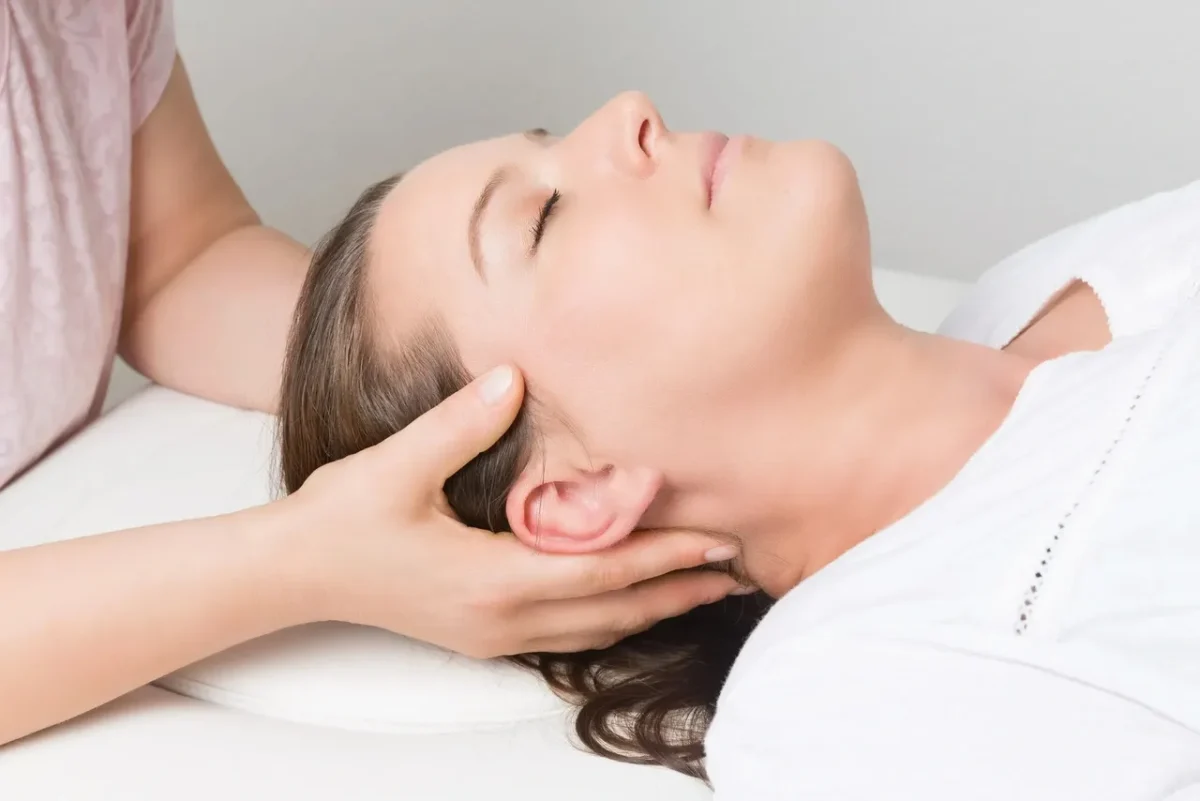
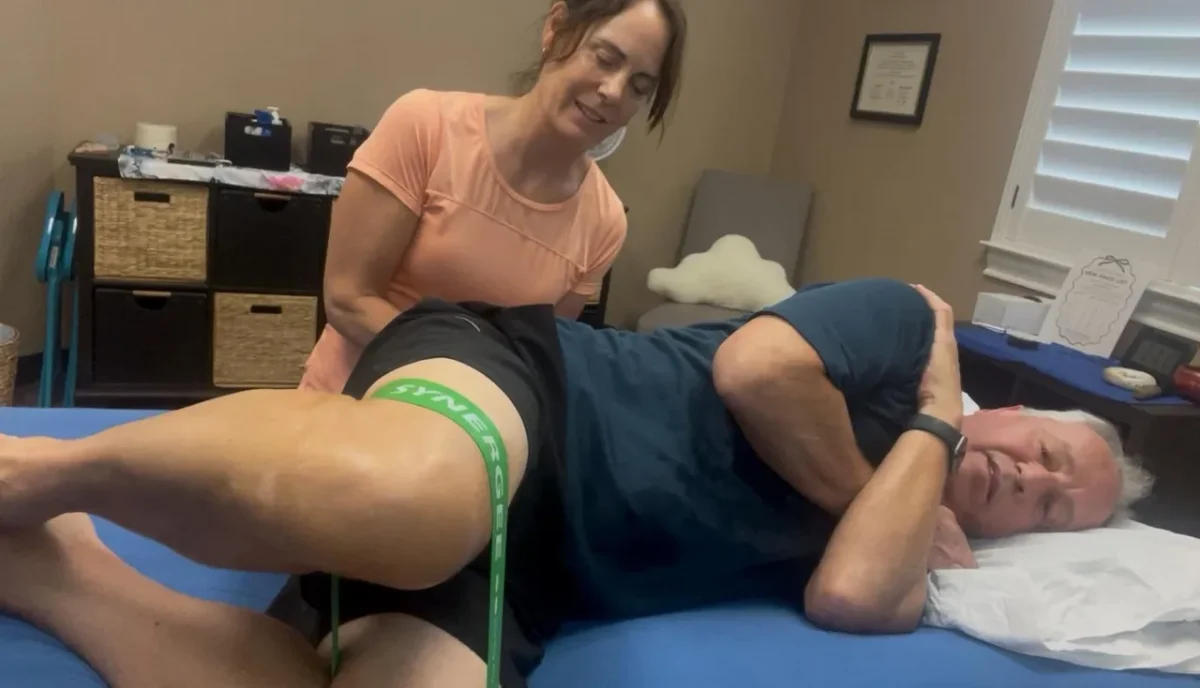
Leave a Reply